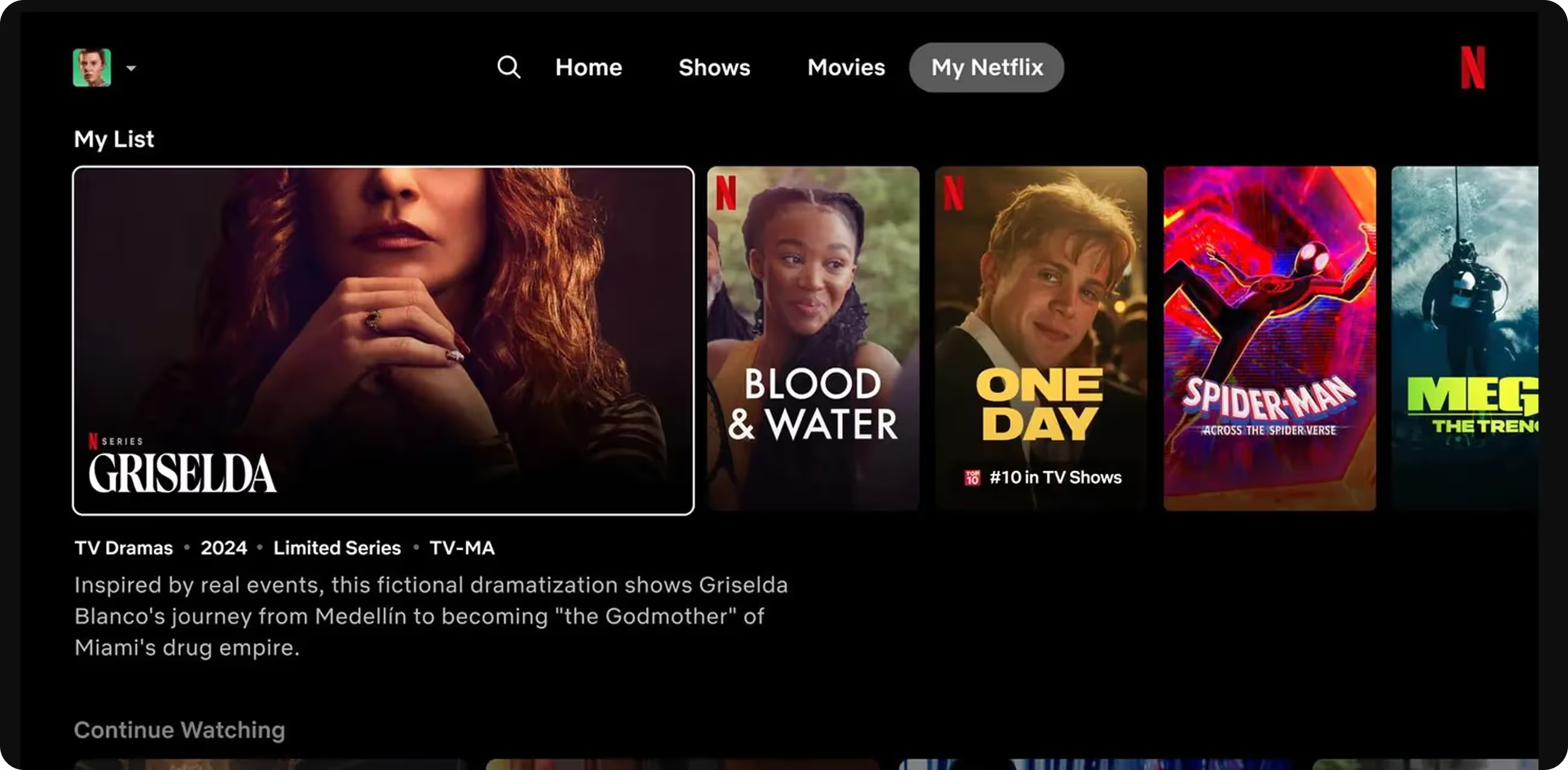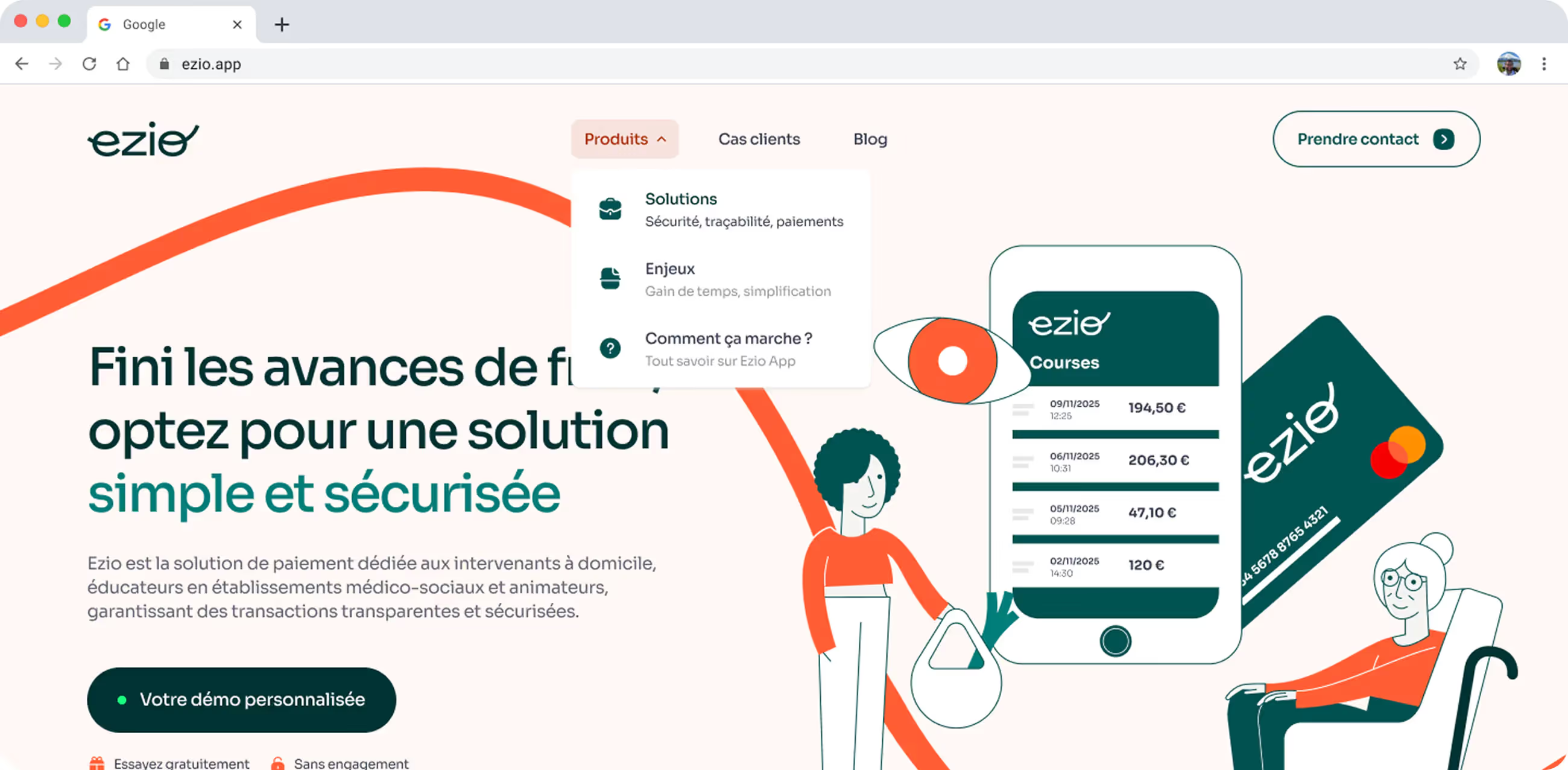In an ever-changing digital world, the intersection betweenUX Design And the SEO has become a breeding ground for innovators and web visionaries. In this article, we explain how a well-thought-out user experience (UX) can become a powerful catalyst for search engine optimization (SEO). Without further ado, let's dive into this universe where art meets technique, to radically transform the performance of your site!
Understanding the link between UX Design and SEO
Have you ever wondered why some sites captivate and others don't? The answer is often inUX Design. Intuitive design is like a good recipe: you need the right ingredients to seduce Google and users.
➡️ Example: Netflix. With a clean and easy to navigate user interface, Netflix makes it easy for users to find what they're looking for, improving engagement and reporting site quality to Google.

User experience and site navigation
Imagine a maze. This is how your visitor feels with complicated navigation. Fluid and intuitive navigation can turn a lost visitor into a fan of your site, boosting your SEO in the process.
💡 Good to know: For some time now, we've even been talking about SXO : Search eXperience Optimization. This is the technique integrating UX issues into the SEO strategy
➡️ Example: Amazon. Their clear navigation system and personalized recommendations help users find what they are looking for quickly, resulting in better SEO performance.

Loading speed and UX
A slow site is like a missed appointment. The loading speed is crucial for an optimal user experience, and in addition it greatly influences your ranking on Google. For information, 53% of users abandon their browsing on a website, if it takes more than 3 seconds to load.
➡️ Example: BBC. Their site loads quickly, providing users with a smooth experience and thus increasing their SEO rankings.
Responsive design and mobile SEO
Your mobile site is your business in the pocket of your visitors. Responsive design is essential to appeal to both mobile users and Google. If there is one number to remember: more than 92% of Internet users connect to the Internet from a mobile phone
➡️ Example: Instagram. Their site adapts perfectly to different devices, offering excellent mobile UX, which has been essential for SEO since Google adopted mobile-first indexing.
UX content and its relevance for SEO
Content is the king, but context is the crown. What you need is to create content that speaks to both users and search engines.
➡️ Example: TED Talks. Their engaging and well-organized content encourages users to spend more time on their site, improving their visibility in search results.
💡 Good to know: textual content is often the key to good natural referencing (SEO). Indeed, for a page to be well understood by search engine robots, it is necessary to offer text including keywords and key phrases, as well as titles and subtitles in order to structure the page. This will be useful for the user, but also for Google and other search engines that will be able to position the site on relevant queries.
Web accessibility and its impact on SEO
An accessible site is a site that opens its arms to everyone. Accessibility is a pillar of UX. Did you know that nearly 1/5th of the population suffers from a disability, regardless of its form?
➡️ Example: The site of the British government. By being an accessibility model, it ensures a good experience for all users, which improves its SEO.
💡 Tip: you can easily provide positive signals, concerning the accessibility of your platform, by optimizing your images (including “alt” text in particular).

User feedback and continuous improvements
Your users are your best advisors. Who better than them to tell you what works and what doesn't work on your website? There are several ways to get feedback: Interviewing users of course, but also Hotjar to decipher their behavior. You can thus optimize your UX/UI and offer a better interface.
➡️ Example: Zara. By regularly adjusting their interface based on customer feedback, they improve the user experience and, therefore, their SEO.
Conclusion
UX Design and SEO are therefore not separate entities, to be worked separately, but interdependent components of a successful web strategy. Thanks to this synergy, you can not only improve the user experience, but also propel your site to new heights in search results. Within our web design agency, we work systematically UX Design and SEO, in order to offer a site that is at the same time clear, ergonomic and relevant. For Internet users, but also for search engines! Optimize your SXO, it's definitely the best way to perform on the web!


